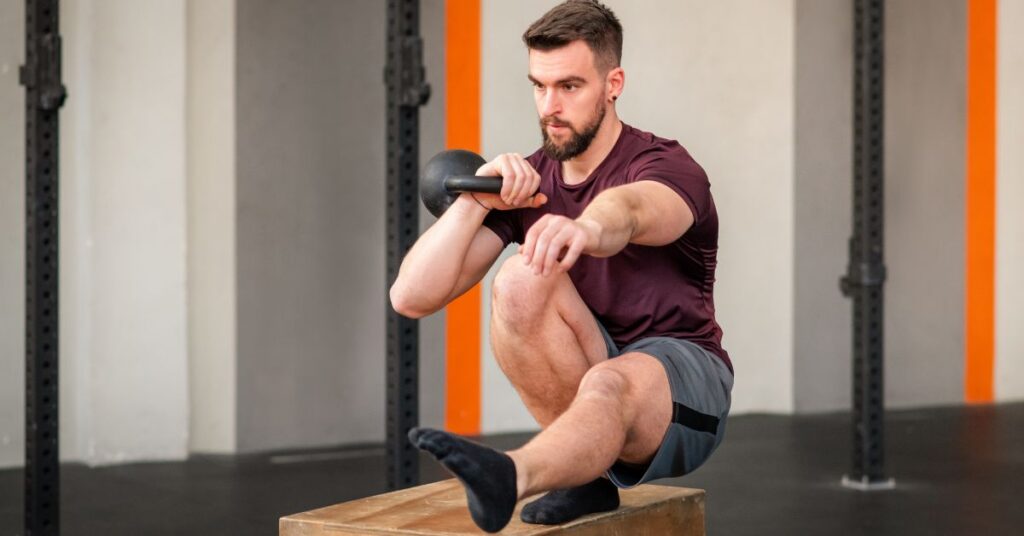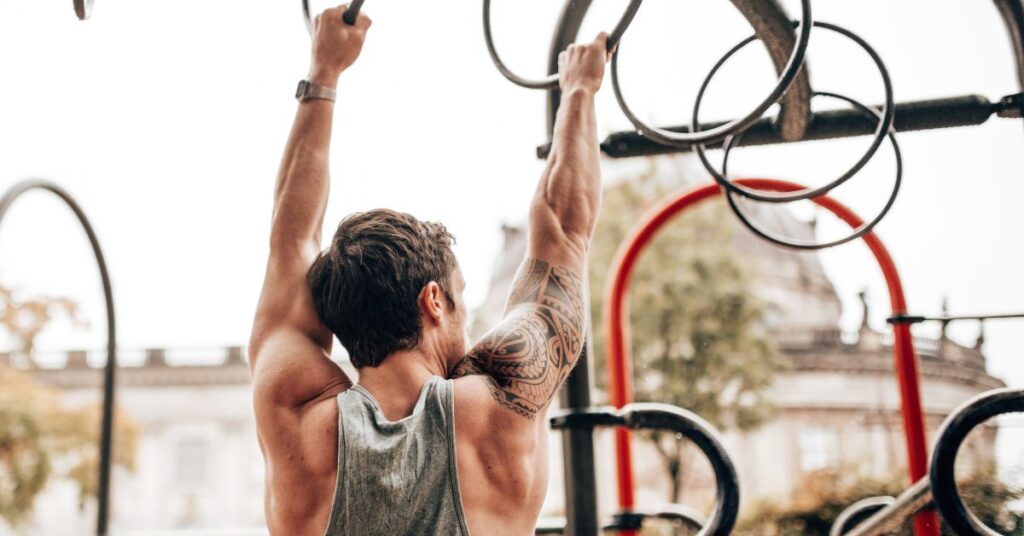10 Top Forearm Calisthenics Workout Exercises are Bodyweight Reverse Wrist Curl, Bodyweight Inner Wrist Curl, Forearm Plank Hold, Hanging Hold for Grip and Endurance, Cherry Picker Drill for Full Activation, Prone Wrist Curl for Flexion Strength, Radial and Ulnar Deviation Movements, Forearm Supination and Pronation Rotations, Dead Arm Hang Burnouts, and Handstand Holds for Static Strength.
Forearm calisthenics represents the most overlooked foundation of bodyweight training that transforms athletic performance. Mastering forearm calisthenics through dedicated calisthenics forearm workout sessions unlocks unprecedented strength gains. Strong forearms developed through systematic forearm calisthenics training unlock advanced skills while preventing injury throughout your training journey. This comprehensive calisthenics forearm workout guide reveals proven techniques that separate elite practitioners from beginners. Professional forearm calisthenics methodology transforms weak grips into unbreakable strength through strategic calisthenics forearm workout programming that requires no equipment.
Forearm calisthenics involves using your own bodyweight to strengthen and build endurance in your forearms and grip. Exercises like wrist curls, dead hangs, and towel pull-ups are effective for this purpose. These exercises also improve wrist mobility and can help prevent injuries.
Table of Contents
10 Top Forearm Calisthenics Workout Exercises You Can Do Anywhere
These effective forearm calisthenics exercises use bodyweight resistance to build strength and size with minimal equipment. Ideal for home, outdoor, or travel workouts, they’re easy to incorporate into your Calisthenic Workout Plan for well-rounded training anywhere.
Complete Forearm Exercise Reference
| S.No | Exercise | Target Focus | Key Benefits | Starting Reps/Duration |
| 1 | Bodyweight Reverse Wrist Curl | Wrist Extensors | Addresses extensor weakness, prevents overuse injuries from flexor dominance | 10-15 reps with 2-3 second holds |
| 2 | Bodyweight Inner Wrist Curl | Wrist Flexors | Strengthens flexors in shortened ranges, essential for one-arm hangs | Start with controlled movements |
| 3 | Forearm Plank Hold | Deep Stabilizers | Builds endurance and stability, mimics advanced hold demands | 30 seconds to 2 minutes |
| 4 | Hanging Hold for Grip and Endurance | Grip Strength & Endurance | Foundational strength for pulling movements, builds specific endurance | Progress through extended times |
| 5 | Cherry Picker Drill for Full Activation | Finger Independence | Builds finger-specific strength and control, reveals grip weaknesses | Practice during every session |
| 6 | Prone Wrist Curl for Flexion Strength | Wrist Extensors (Lengthened) | Targets extensors in lengthened positions, eliminates compensations | Slow movements with 2-second pauses |
| 7 | Radial and Ulnar Deviation Movements | Lateral Wrist Stability | Builds three-dimensional strength for complex movements | Side-to-side wrist movements while hanging |
| 8 | Forearm Supination and Pronation Rotations | Pronators & Supinators | Essential for ring work and grip transitions | Smooth, controlled rotations during hangs |
| 9 | Dead Arm Hang Burnouts | Muscular Endurance | Builds endurance and mental toughness for breakthrough performances | 1-2 times weekly until failure |
| 10 | Handstand Holds for Static Strength | Wrist Stability & Pressing | Incredible strength development with proprioceptive awareness | Progress by reducing wall support |
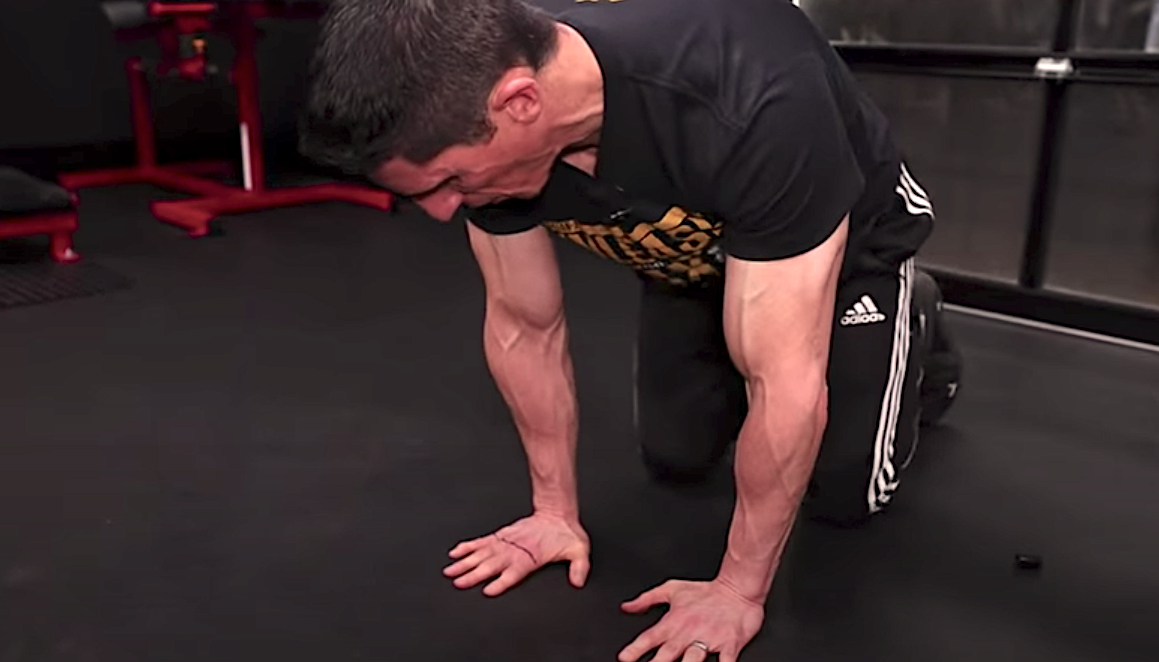
1. Bodyweight Reverse Wrist Curl
Position in tabletop with hands flat, fingers pointing toward knees. Lift palms keeping fingertips grounded, creating intense extensor contractions. Hold 2-3 seconds before lowering slowly. This addresses extensor weakness common in grip-focused athletes.
Provides crucial balance preventing overuse injuries from excessive flexor dominance. Start with 10-15 repetitions focusing on control rather than speed. Progress by increasing hold times building greater endurance.
2. Bodyweight Inner Wrist Curl
From tabletop, flip hands palm-up with wrists grounded. Curl fingers and wrists upward maintaining knuckle contact. Targets neglected flexor muscles in shortened ranges building complete strength essential for advanced performance.
Complements hanging exercises by strengthening flexors where typically weakest. Particularly valuable for athletes working toward one-arm hangs and extended holds representing peak achievements.
3. Forearm Plank Hold
Standard plank on forearms instead of hands. Maintain alignment while actively pressing forearms down. This isometric challenges stability building deep stabilizer endurance. Sustained tension mimics advanced hold demands.
Progress by extending times from 30-second to 2-minute holds. Mental focus during extended planks builds concentration skills necessary for advanced mastery.
4. Hanging Hold for Grip and Endurance
Dead hangs provide foundational strength and endurance for pulling movements. Actively engage grip rather than passive hanging. Firm bar squeeze with perfect shoulder positioning builds specific endurance for high-volume sessions.
Progress through extended times and varied grip widths. Advanced practitioners progress to single-arm hangs or challenging surfaces continuing advancement.
5. Cherry Picker Drill for Full Activation
Hanging with standard grip, systematically release and re-grip individual fingers while maintaining hang with remaining digits. Challenges strength dynamically while building finger independence and control revealing weaknesses.
Builds grip endurance and finger strength for climbing-style movements requiring finger-specific strength. Practice during every session for comprehensive capability.
6. Prone Wrist Curl for Flexion Strength
Face down with forearms hanging off bench edge. Palms down, curl wrists upward against gravity. Targets extensors in lengthened positions building complete range strength. Prone position eliminates compensations forcing isolated activation.
Slow, controlled movements with 2-second pauses build specific strength for sustained handstands and pressing movements challenging experienced practitioners.
7. Radial and Ulnar Deviation Movements
While hanging, move wrists side-to-side maintaining grip. Lateral patterns target neglected muscles responsible for frontal plane stability. Builds three-dimensional strength for complex movements.
Particularly important for skills requiring dynamic grip adjustments like muscle-ups and dynamic variations challenging multiple conditioning aspects simultaneously.
8. Forearm Supination and Pronation Rotations
During dead hangs, rotate forearms inward and outward keeping bar grip. Builds pronator and supinator strength essential for ring work and grip transitions. Smooth, controlled rotations maximize stimulus.
Translates to improved ring performance and complex sequences requiring grip position changes throughout advanced training sessions.
9. Dead Arm Hang Burnouts
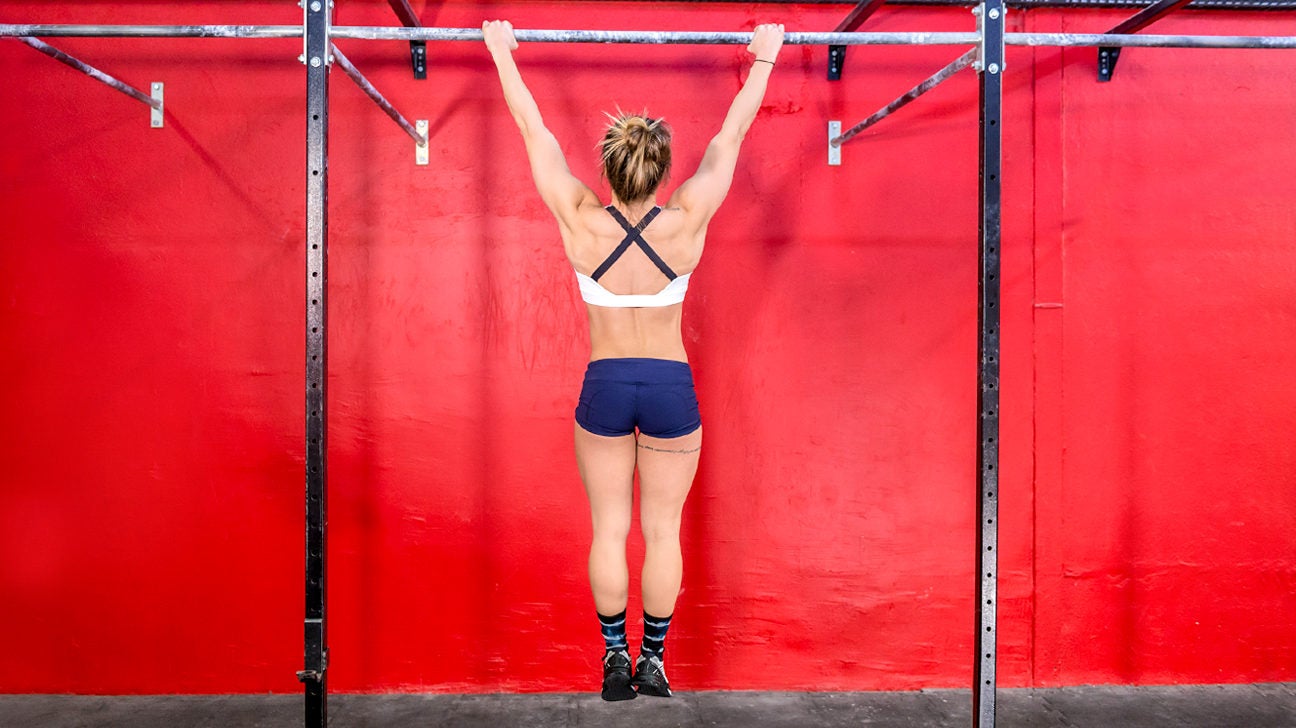
End sessions with maximum-effort hangs until failure. Builds muscular endurance and mental toughness for breakthrough performances. Psychological components build confidence and determination.
Perform 1-2 times weekly allowing adequate recovery. Intense nature stimulates significant adaptations supporting continued progress.
10. Handstand Holds for Static Strength
Wall-supported handstands build incredible strength while developing wrist stability for pressing skills. Active hand pressing with perfect alignment creates unique adaptations.
Progress by reducing wall support and extending times. Balance complexity builds proprioceptive awareness alongside strength.
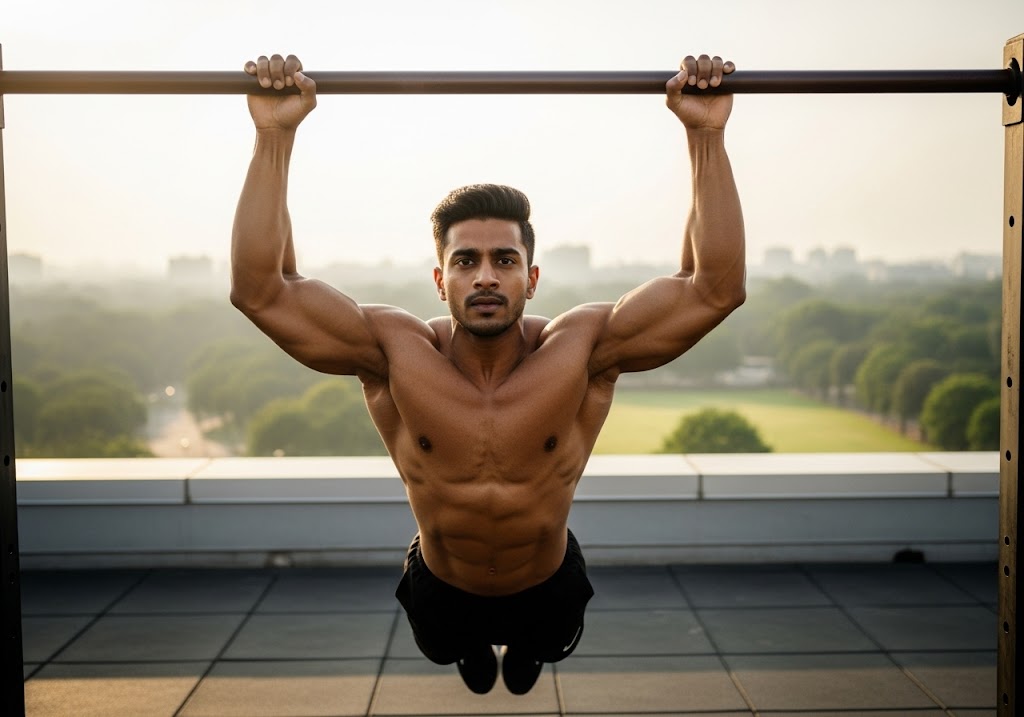
Why Forearm Calisthenics Matters More Than You Think?
Forearm calisthenics is often underestimated but plays a vital role in building grip strength, joint stability, and total body control. It supports advanced movements and improves performance across your entire training routine. To make it effective, incorporating it into a structured plan like the Calisthenic Workout Plan ensures balanced development and long-term progress.
1. Development of Strong Forearms in Calisthenics
Developing powerful forearms through forearm calisthenics creates ripple effects throughout your training regimen. Strong forearms enhance handstand holds, improve pull-up endurance, and provide grip security for muscle-ups and human flags. From training hundreds of students, those prioritizing forearm calisthenics achieve breakthroughs weeks ahead of others who neglect this foundation.
Properly conditioned forearms send stronger proprioceptive signals to your brain, improving spatial awareness during complex movements. This enhanced body awareness translates to better form, reduced injury risk, and faster skill acquisition across bodyweight disciplines.
2. Grip Strength and Performance Enhancement
Grip strength limits countless movements, making forearm calisthenics essential for serious practitioners. Research shows grip strength correlates strongly with upper body power and endurance. Students with superior grip strength from structured calisthenics forearm workout sessions maintain proper form longer during high-volume training, achieving better muscle activation and faster progress. These dedicated calisthenics forearm workout practitioners demonstrate superior endurance.
Isometric holds place enormous demands on forearm endurance. Whether holding front levers, performing ring work, or maintaining dead hangs, your forearms must contract continuously without fatigue. This sustained tension requires specific adaptations only targeted forearm calisthenics provides. Effective calisthenics forearm workout methodology ensures optimal adaptation patterns.
3. Injury Prevention and Joint Health
Forearm calisthenics serves as insurance against overuse injuries plaguing bodyweight practitioners. Weak forearms force compensatory patterns placing excessive stress on wrists, elbows, and shoulders. Balanced strength through comprehensive exercises creates protective stability around vulnerable joints.
Eccentric strength from controlled movements helps absorb landing forces during dynamic skills. This capacity becomes crucial for advanced movements involving momentum and direction changes. Conditioned forearms act as shock absorbers, reducing impact traveling up the kinetic chain.
4. Muscle Definition and Endurance Boost
Calisthenics forearm workout protocols create impressive definition while building real-world endurance. Effective calisthenics forearm workout programming emphasizes progressive overload through systematic application. High-repetition, time-under-tension exercises promote muscular hypertrophy and capillary density improvements. Results include forearms that look powerful and sustain extended effort during demanding sessions.
Well-developed forearms signal functional strength to fellow athletes. This visual fitness indicator motivates continued commitment to comprehensive development within broader bodyweight practices.
5. Better Posture and Upper Body Mechanics
Strong forearms from consistent forearm calisthenics contribute significantly to postural alignment and biomechanics. Forearm muscles connect intimately with shoulder girdles through fascial chains and neural pathways. Optimal function helps maintain proper shoulder positioning and reduces forward head posture.
Balanced training emphasizing flexion and extension creates muscle development supporting healthy wrist positioning during daily activities. This prevents imbalances leading to repetitive strain injuries and chronic pain patterns.
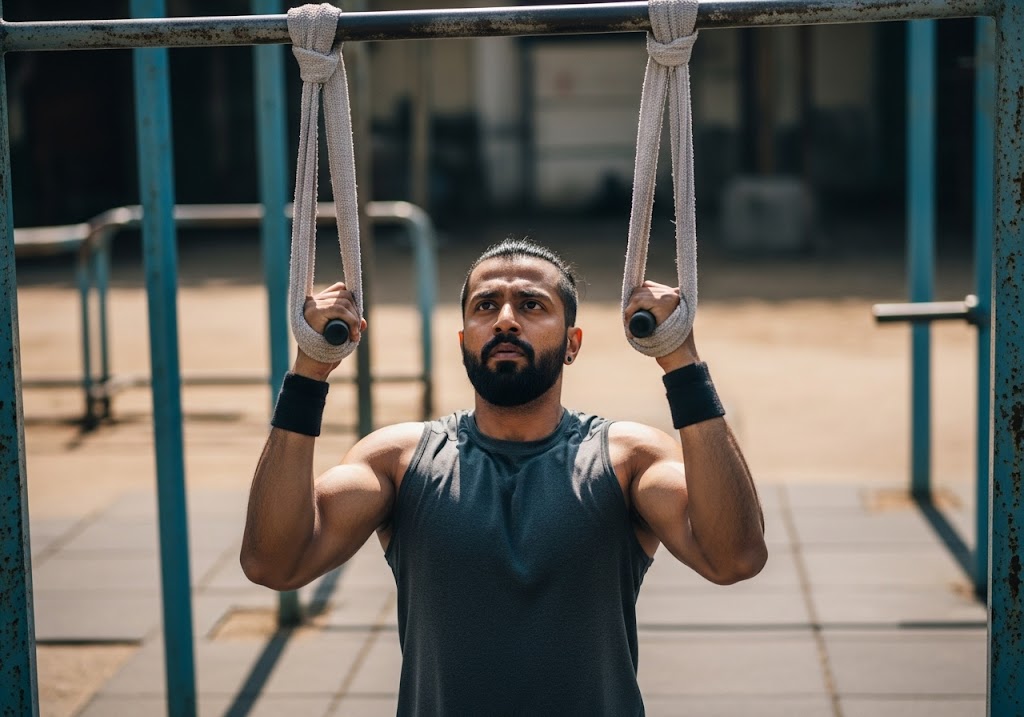
Anatomy of the Forearm: What You’re Actually Training
A solid understanding of forearm anatomy helps you select effective movements for targeted forearm calisthenics, leading to better strength and injury prevention. Knowing which muscles you’re training allows for smarter programming and more balanced results. Explore key movements in this calisthenics exercises guide to enhance your forearm training routine.
1. Wrist Flexors: The Gripping Force
Wrist flexors represent powerhouse muscles responsible for grip strength during forearm calisthenics movements. The flexor digitorum profundus and superficialis create gripping force essential for hanging movements and static holds.
During pull-ups and hanging exercises, flexors contract isometrically maintaining grip while allowing smooth movement. This dual demand requires training approaches challenging both static and dynamic actions through progressive forearm calisthenics protocols.
2. Wrist Extensors: Your First Line of Control
Often-neglected extensors provide crucial balance and serve as primary stabilizers during pressing movements. These muscles extend wrists and fingers while providing stability during handstands and weight-bearing activities forming core forearm calisthenics components.
Extensor weakness creates imbalances leading to overuse injuries and compromised pressing performance. Many develop disproportionately strong flexors, resulting in chronic pain and limited motion. Balanced programming must include dedicated extensor strengthening.
3.Pronators & Supinators: Unlocking Full Mobility
Pronator and supinator muscles control rotation, enabling complex patterns required for advanced skills. These capabilities become crucial during grip transitions and movement sequences found in comprehensive calisthenics forearm workout programs.
Ring work demands exceptional rotational strength from these muscles. Incorporating rotational movements ensures complete development and prevents weakness limiting progression.
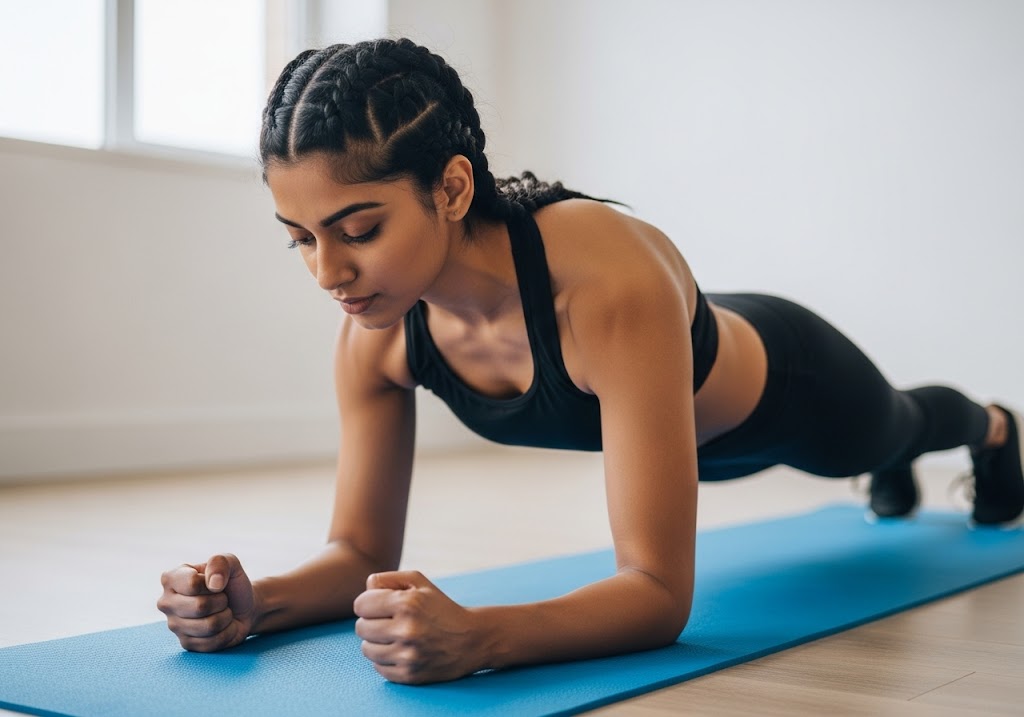
Why Balanced Muscle Development is Crucial?
Balanced development through systematic forearm calisthenics prevents injury and optimizes performance across disciplines. Many emphasize gripping while neglecting extension and rotation, creating imbalances limiting progress. Comprehensive training must address all movement planes. Success in forearm calisthenics requires balanced calisthenics forearm workout approaches targeting every muscle group.
Weakness in one area compromises entire kinetic chain function. Tight flexors with weak extensors create “golfer’s elbow” patterns, while rotational weaknesses limit smooth transitions essential for flowing sequences.
How to Structure the Perfect Calisthenics Forearm Workout?
Proper calisthenics workout plan structure maximizes adaptation while preventing overuse injuries ensuring consistent progress toward grip strength objectives through systematic programming approaches.
1. Warm-Up Routine: Stretch, Mobilize, Activate
Begin with 5-10 minutes comprehensive preparation. Gentle circles, prayer stretches, and activation exercises prepare muscles and joints while increasing blood flow and neural activation preventing injury.
2. Main Workout: Reps, Sets, and Hold Times
Structure around 4-6 exercises targeting different patterns. 2-3 sets with appropriate rest. Strength exercises: 8-12 repetitions. Endurance holds: 30-60 seconds with perfect form.
3. Cool Down: Recovery Through Stretching
Conclude with 10-15 minutes comprehensive stretching. Both flexor and extensor stretches held 30-60 seconds. Include rotational stretches maintaining optimal motion preventing tightness.
4. Weekly Schedule for Optimal Gains
Train 2-3 times weekly with rest days between intensive sessions. Frequency allows recovery while providing sufficient stimulus. Monitor strength and soreness adjusting as needed.
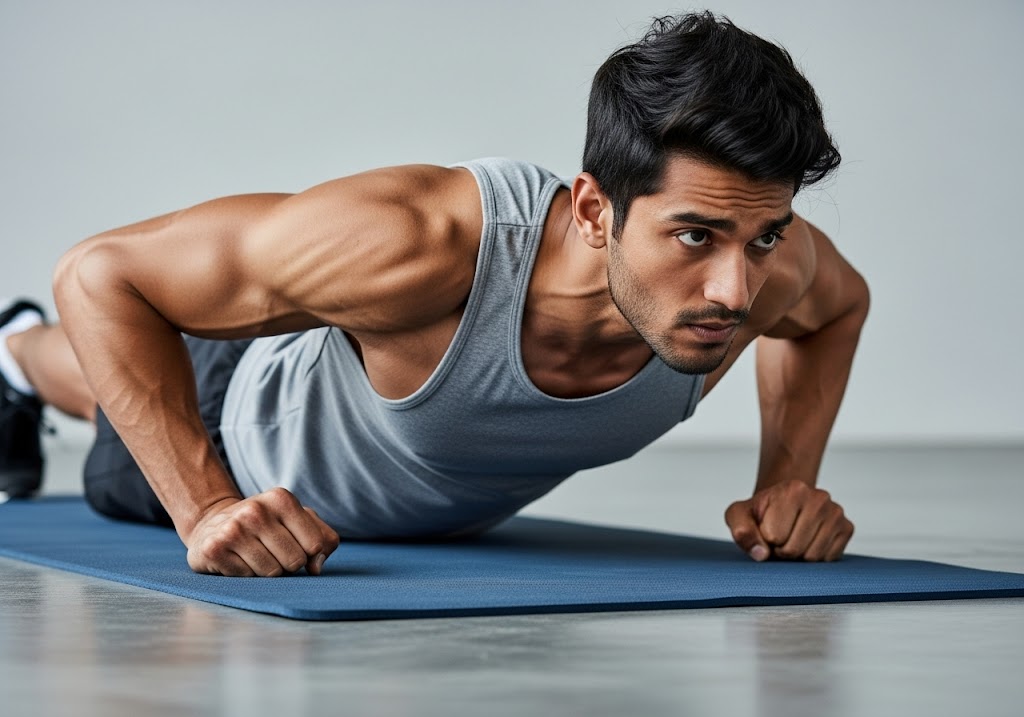
Progressions and Variations for Long-Term Growth
Progressive overload applies to forearm calisthenics requiring systematic advancement strategies. Elite forearm calisthenics practitioners utilize sophisticated calisthenics forearm workout periodization for continued development and breakthrough achievements.
Moving from Basic to Advanced Isometrics
Begin with basic hangs progressing systematically toward challenging variations. Increase times gradually aiming for 10-15% weekly improvements. Progress to single-arm hangs or challenging surfaces.
Adding Load with Bodyweight Resistance Tricks
Create overload manipulating leverage, range, and tension. Elevate feet during planks, extend ranges, or add pauses increasing difficulty without equipment requirements.
Advanced Holds: One-Arm Hangs, Fingertip Hangs
Single-arm hangs represent development pinnacles requiring months of preparation. Progress by gradually reducing assistance. Fingertip hangs build exceptional strength targeting muscles standard hangs cannot develop.
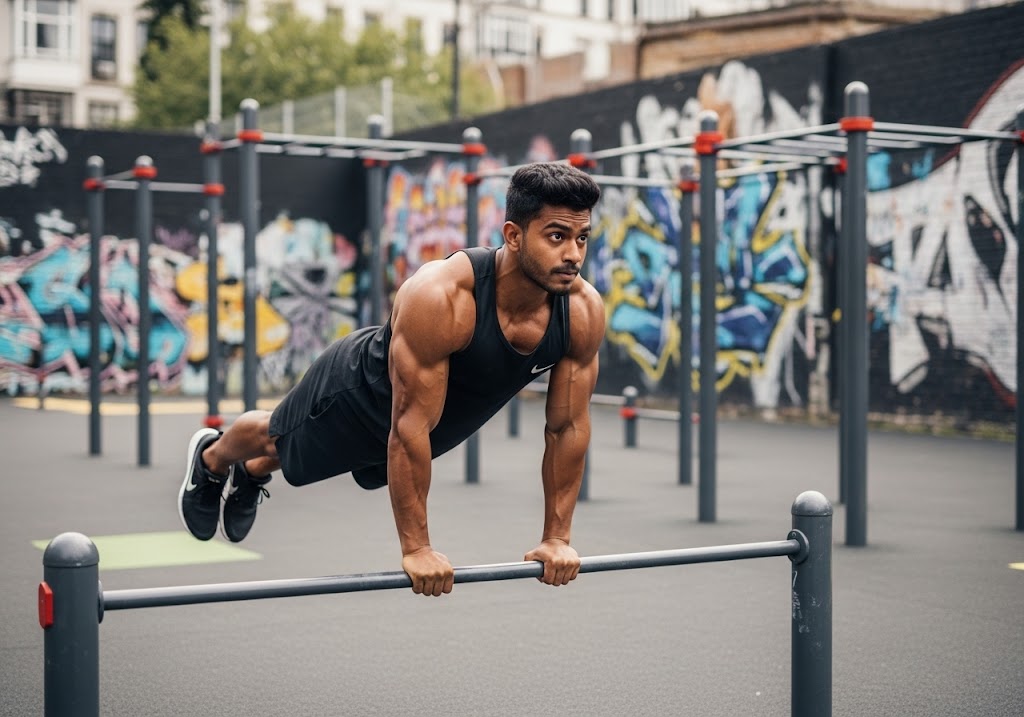
Common Mistakes in Forearm Calisthenics (And How to Avoid Them)
Avoiding errors accelerates progress while preventing injury and frustration throughout development journeys requiring careful attention to programming details.
Overtraining and Lack of Recovery
Small forearm muscles recover slowly requiring adequate rest between sessions. Daily training leads to overuse injuries and declining performance. Limit intensive sessions to 2-3 weekly.
Ignoring Form in Favor of Reps
Quality patterns matter more than counts. Focus on perfect form and control rather than maximum repetitions with compromised technique reducing effectiveness and increasing risk.
Neglecting the Flexor-Extensor Balance
Most develop strong flexors compared to extensors from gripping demands. Dedicate equal time to extensor strengthening preventing imbalances and associated injuries.
Not Including Rotational and Isometric Work
Complete development requires training all movement planes including rotation and isometrics. Optimal forearm calisthenics programming integrates comprehensive calisthenics forearm workout elements addressing rotational strength requirements. Many focus exclusively on flexion and extension neglecting rotational strength.
Expert Tips to Maximize Your Calisthenics Forearm Gains
Professional insights and advanced strategies accelerate progress while optimizing training efficiency and long-term results through systematic application of proven methods.
Why Does Form Beats Intensity?
Perfect technique with moderate intensity produces superior results compared to high intensity with compromised form. Complex anatomy demands meticulous attention to movement quality over load.
Incorporating Forearm Work Into Full-Body Calisthenics
Integrate seamlessly into existing routines rather than separate work. Use grip-challenging variations like towel pull-ups building strength while training other groups maximizing efficiency.
Daily Habits That Reinforce Grip Strength
Incorporate activities into daily routines accelerating development. Stress balls, dead hangs during downtime, and wrist stretches during breaks complement formal programming accumulating significant volume.
Conclusion
Forearm calisthenics represents essential foundation supporting every bodyweight training aspect and athletic performance excellence. Through dedicated attention to comprehensive forearm calisthenics development using proven calisthenics forearm workout techniques, you’ll unlock new grip strength, endurance, and skill progression levels. Investment in targeted forearm calisthenics training pays dividends across entire practices, creating unshakeable strength separating advanced practitioners from beginners. Master these calisthenics forearm workout principles consistently, and experience transformation that elevates your entire bodyweight training journey beyond previous limitations.
Ready to Strengthen Your Core with Purpose? Whether you’re working on planches, handstands, or muscle-ups, ISC – Indian School of Calisthenics offers expert coaching to help you master high-level skills with proper form and progression. Visit us at SRPF Ground, NH8, Goregaon (E), Mumbai – 400065. For class schedules, personalized coaching, or more details, call +91 77159 53218. Train smart, move better, and unlock your back strength with ISC.
Forearm Calisthenics Workout- FAQs
Can calisthenics build forearms effectively for strength and size gains?
Yes, calisthenics builds exceptional forearm strength and size through hanging exercises, handstands, and grip-intensive movements that naturally develop impressive musculature over time.
Do push ups work forearms during bodyweight training sessions?
Push-ups primarily target chest and triceps but provide minimal forearm activation compared to dedicated hanging and gripping exercises like dead hangs.
Why do calisthenics athletes have big forearms compared to other athletes?
Constant grip demands from pull-ups, handstands, and hanging movements naturally develop impressive forearm musculature through sustained isometric contractions and progressive overload.
Can I make my forearms bigger using only bodyweight exercises?
Absolutely, progressive calisthenics forearm workout routines build significant size through sustained tension, high volume training, and systematic progression without requiring external weights.
Are forearms the hardest muscle group to grow through training?
Forearms respond slowly due to genetic factors, daily use, and dense muscle fiber composition, requiring consistent dedicated training and patience for growth
How often should I train forearm calisthenics for optimal results?
Train 2-3 times weekly with rest days between sessions for proper recovery and adaptation while avoiding overuse injuries.
Can forearm calisthenics replace traditional grip training equipment completely?
Yes, bodyweight exercises provide comprehensive development without requiring specialized equipment or gym access through progressive movement variations and holds.
What’s the biggest mistake beginners make in calisthenics forearm workout routines?
Focusing only on flexors while neglecting extensors creates imbalances leading to injury and progress limitations in overall development.
How long before I see results from consistent training?
Noticeable grip strength improvements typically appear within 2-4 weeks of consistent, progressive training with proper form and adequate recovery.
Are dead hangs sufficient for complete development?
Dead hangs build excellent grip endurance but require additional exercises for balanced muscle development targeting extensors and rotational movements.

